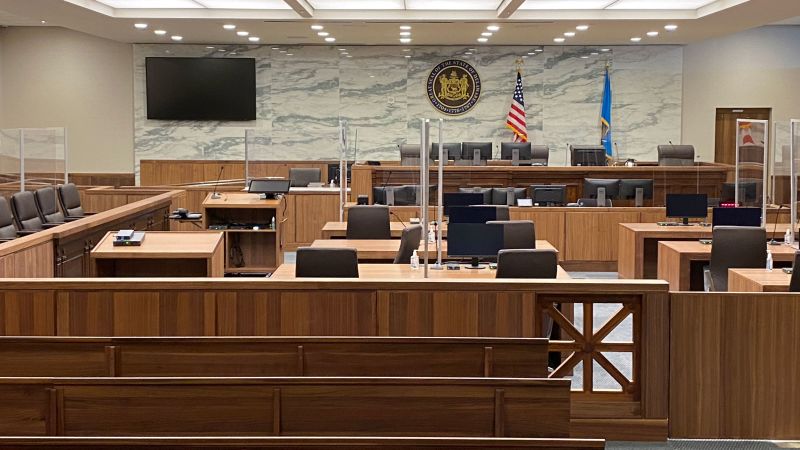Collapsed dead stars, known as neutron stars, are a trillion times denser than lead, and their surface features are largely unknown. Nuclear theorists have explored mountain building mechanisms active on the moons and planets in our solar system. Some of these mechanisms suggest that neutron stars are likely to have mountains.
Neutron star “mountains” would be much more massive than any on Earth—so massive that gravity just from these mountains could produce small oscillations, or ripples, in the fabric of space and time.
Mountains, or non-axisymmetric deformations of rotating neutron stars, efficiently radiate gravitational waves. In a study published in the journal Physical Review D, nuclear theorists at Indiana University consider analogies between neutron star mountains and surface features of solar system bodies.
Both neutron stars and certain moons such as Jupiter’s moon Europa or Saturn’s moon Enceladus have thin crusts over deep oceans, while Mercury has a thin crust over a large metallic core. Thin sheets may wrinkle in universal ways. Europa has linear features, Enceladus has tiger-like stripes, and Mercury has curved, step-like structures.
Neutron stars with mountains may have analogous types of surface features that could be discovered by observing continuous gravitational wave signals. The innermost inner core of the Earth is anisotropic with a shear modulus that depends on direction.
If neutron star crust material is also anisotropic, a mountain-like deformation will result, and its height will increase as the star spins faster. Such a surface feature could explain the maximum spin observed for neutron stars and a possible minimum deformation of radio-emitting neutron stars known as millisecond pulsars.
The Laser Interferometer Gravitational Wave Observatory (LIGO) is now searching for the ripples these mountains would make. This research will guide searches for oscillations in space-time known as continuous gravitational waves. These waves are so weak that they can only be detected with very detailed and sensitive searches that are carefully tuned to predicted frequencies and other signal properties.
The first detections of continuous gravitational waves will open a new window on the universe and provide unique information on neutron stars, the densest objects short of black holes. These signals may also provide sensitive tests of the fundamental laws of nature.
More information:
J. A. Morales et al, Anisotropic neutron star crust, solar system mountains, and gravitational waves, Physical Review D (2024). DOI: 10.1103/PhysRevD.110.044016. On arXiv: DOI: 10.48550/arxiv.2309.04855
Provided by
US Department of Energy
Citation:
Neutron star ‘mountains’ would cause ripples in space-time (2025, January 13)
retrieved 14 January 2025
from https://phys.org/news/2025-01-neutron-star-mountains-ripples-space.html
This document is subject to copyright. Apart from any fair dealing for the purpose of private study or research, no
part may be reproduced without the written permission. The content is provided for information purposes only.





